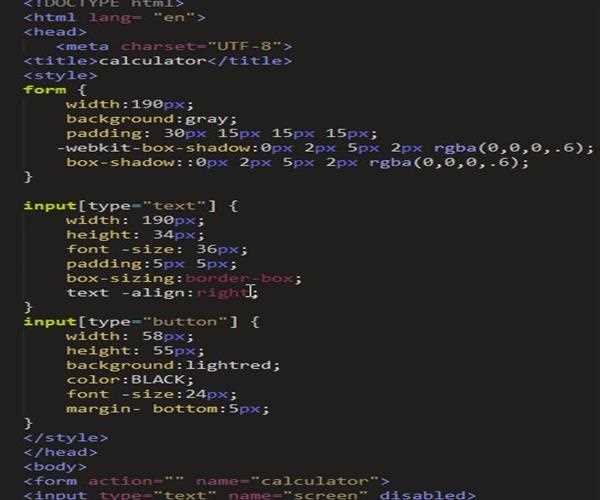Web development will advance even more throughout the year 2025, and some languages will stand out due to flexibility, speed, and backers. JavaScript in particular, along with applications such as React and Node.js will play a significant role for web applications and will continue to be popular for front and back end functionalities. This is because it allows the creation of dynamic, interactive and multi-functional web applications thereby putting it in a perfect position to meet the needs present in the development of trendy web applications.
Python will also continue to dominate the web development field due to the simplicity as well as the existing intense frameworks such as Django and Flask. Due to the readability and a vast number of libraries it offers, it is specifically suitable for high development speed in data-oriented applications and implementations of artificial intelligence. By emphasizing the importance of data analytics and machine learning in business, the role of Python in the development of websites will only rise and will serve as a strong evidence of Python as the preferred programming language of most developers.
As a programming language that is a direct extension of JavaScript, TypeScript is expected to feature even more abundantly in 2025. Its static typing characteristic decreases mistakes and improves the code quality and that is why this language is suitable for large projects. With focus on maintainability and scalability of code base, the demand for TypeScript will increase in the future as developers will prefer it when coupled with the Angular and Next.js frameworks for the development of the application.

Rust, known for its performance and memory safety as well as more modern concepts of development, may become a main candidate to be used in back-end development. This makes it appropriate for establishment of secure and efficient web servers since it is highly efficient in achieving high performance goals while using few resources. Specifically, with an increasing awareness of the cybersecurity threats present in today’s world, Rust’s focus on safety will captivate developers who require solutions for highly important applications.
Lastly, Go (Golang) will sustain its popularity in 2025 because of its minimalism and concurrency feature. It has quick compiling time and is capable of handling several tasks simultaneously which makes it good for microservices and cloud applications. Since cloud computing is on the rise, Go’s efficiency in backend tasks will remain relevant in the web development scene to address contemporary requirements.
Conclusion
In conclusion, The language used for web development in the year 2025 will be those that offer an excellent balance in terms of performance, scalability and learnability. JavaScript and TypeScript will most likely stay on top of the most used languages in front end and full stack development and Python will remain relevant as one of the top languages for data sciences and AI implementation. Rust and Go are likely to gain much popularity in the near future as robust and high-performance back-end languages. Consumers need to embrace these languages to remain relevant in the market and try to exploit every opportunity presented by these languages in coming up with new unique, efficient and sustainable web solutions.